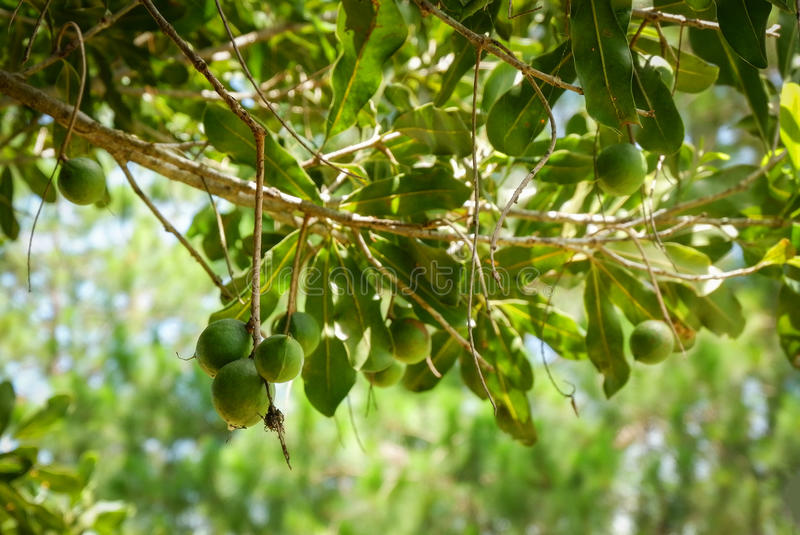



Article by: Hari Yellina
Macadamia trees on the floodplain of the Northern Rivers were put to the test during recent floods, with trees in the mid-Richmond valley upholding the burden of record flooding. Grower and consultant Robbie Commens, who manages and partners in a 100,000-tree plantation in South Ballina and has been a driving force behind significant flood plain plantings in recent years, says there’s no reason to expect more than a 10% loss of inundated trees, with almost no long-term harm to those older than three years – even if they spent days under water. For up to a week, water covered trees by one to two metres, and a week later, dead leaves showed signs of stress, but scrape the bark and the cambium layer was green.
Trees older than eight years appear to be undamaged, and harvesting continues; those older than three years have brown roots but are flushing new leaves from their tops, while those younger than one year are still in the dark. “Young trees and shrubs in the earth are the most vulnerable,” he added, adding that 20-30% of plantations in this watershed are less than a year old. Some “dead” trees were trimmed back to facilitate flushing, but Mr Commens discovered swelling bud nodes on branch tips while working with DPI consultants, so that activity has been halted. “This floodplain industry will lose part of its positivity if we lose 20% of our trees,” Mr Commens added.
“We’ll pop the champagne corks if we lose less than 10%, and if we lose less than 5%, the floodgates of confidence will open.” To combat hungry loopers and twig girdlers, an ethephon-inhibiting spray is now being administered by drone to reduce leaf-drop. This will be followed by a pesticide. The farm is now coated in a 20mm thick top-dressing of flood muck, making it too soft to hold a tractor. Application of humus, molasses, and kelp products to the roots of afflicted trees, according to Macadamia agronomist Janus Erasmus, will stimulate new growth, but the full impact of the flood and the possibility for disease down the road won’t be known for three to four months.